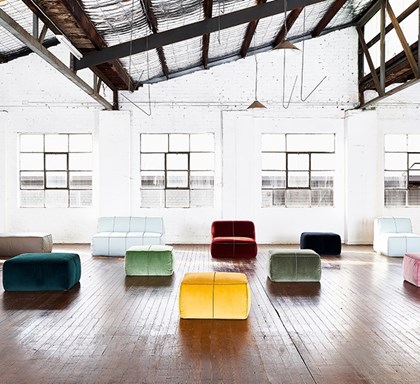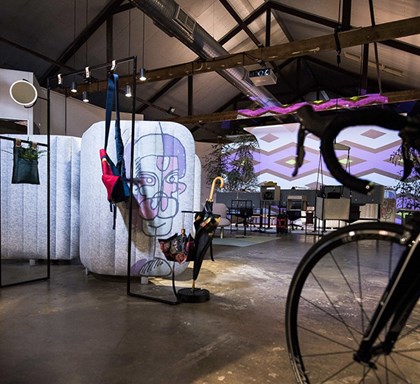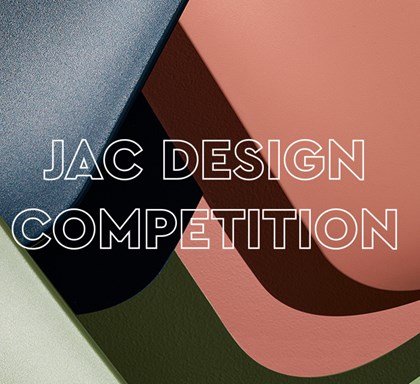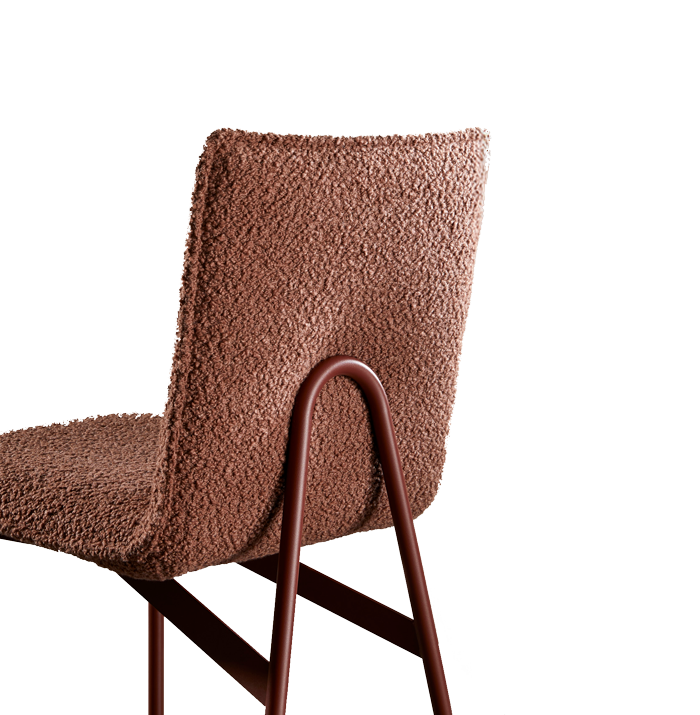Sean Dix of Dix Design and Architecture talks to Karen McCartney about his cultural and philosophical drivers, reductionist approach to design and favourite whiskey.
You worked in Italy for many years and have adopted the notion of ‘progettista’ which means “somebody who makes a project” rather than the segregated attitude of architect/designer etc. How does this mind set serve you?
Sean Dix: Until very recently, the Italians had no word for designer, in fact they didn’t have any designers at all. (It could be argued that things were better back then.) Instead, they had architects who were trained to think, to consider the whole picture, to develop any project from a considered conceptual foundation. Ernesto Rogers from BBPR called for architects to take responsibility for the design of everything "from the spoon to the city" (“dal cucchiaio alla città”). This conviction that a designer has few limits is inspiration for me.

Yardbird, Hong Kong
Does the discipline of designing for a particular project help focus you mind in a certain creative direction? With particular reference to the Yardbird Collection.
Sean Dix:Designing products for specific architectural projects helps me a lot – first of all, like most designers, I need a deadline. But more importantly, it gives me a conceptual and practical framework within which to work, and helps guide the design process by giving the object a specific context. Some of my favourite designs were created that way, like the famous lounge that Eames designed for his friend Billy Wilder. "You design for someone in particular," Eames said, "and then you find out that other people have more in common with the object of your affection than you realized."
With Yardbird we always had this idea that it should feel Japanese (it is a yakitori place, after all) but it should feel like the kind of cool Japanese place that you would brag about discovering in Tokyo, hidden around a corner, filled with hip creative types, listening to old-school hip-hop and drinking Hitachino Nest. What hip Tokyo designer needs Japanese restaurant clichés?
Yardbird’s building itself is quite unusual for Hong Kong – it’s very old -1940’s - with a kind of Bauhaus design. So we got on this idea built around Bauhaus-era factory canteens, anonymous institutional furniture, and this idea of punching the design details down until we were certain that there was nothing extraneous. The furniture that was born from this carries that vague sense of something utilitarian that a drill press operator could sit on all day long.
You talk about the act of ‘deleting’ in the design process. How do you know when you have reached that perfect point of balance?
Sean Dix: Jasper Johns wrote “Take an object / Do something to it / Do something else to it. (Repeat.)”
While that may be a legitimate approach to making art, for designers I would argue that usually the reverse is better: “Take a project / Take something away from it / Take something else away from it. (Repeat.)
A lot of design today, especially in the world of commercial interiors, brings to mind a desperate clown, riding a unicycle, spinning plates, juggling bowling pins, and – wow – also honking on a kazoo.
For interior projects, I always try to strip away everything but the essential. Excessive design is like humour – what joke is funny the second time you hear it? Better to strip things down until what remains is something you can return to again and again, something that provides a backdrop for the real protagonists – the people using the space.

Ronin, Hong Kong
You have recently collaborated with award winning chef Matt Abergel on Ronin in Hong Kong – a spare 14-seat izakaya and whiskey bar where precision and a sort of rarefied luxury (I am thinking of the 150 year old log) were the key drivers. What did you learn from this level of refinement?
Sean Dix: Most guests probably don’t notice a lot of the details and refinement that went into Ronin but they sense them – it just feels “right.” The pieces all fit together precisely, the “edges” are smooth, and the materials are supple, tactile, and natural. We spent a lot of time thinking about how to create the vibe of the space – every design decision grew from those initial ideas – warm, comfortable, understated, comfortable, quiet, calm, friendly, informal but precise.
I believe that when the concept is really clear for the designer and the details are well-defined then people don’t really need to understand it on more than a subliminal level. There are so many things that are more important than the concept – in Ronin, specifically, the overall experience, your dinner partner, the fantastic food, the informal but very professional service, the hand-chipped ball of ice floating in your yamazaki 12 year... Who cares about the concept – it’s just a small part of the machine. Of course you need it – it’s important - but do you really want to talk about it? Do you care how your carburettor works?

Ronin, Hong Kong
The furniture pieces that you designed for this project are now available. How would you characterize them?
Sean Dix: My inspirations for the Ronin furniture were the worn-leather club chairs in cigar lounges, bucket seats from the great American muscle cars of the 70’s, Steve McQueen, and padded samurai armour. Ronin is among my favorite of my designs, and lends itself to a lot of different contexts – we’ve just done a version with wooden legs and another really cool version with arms and casters we’ll start using here in my design office.
6.You enjoy the blurring of lines (which is only logical) that a table can be a desk or an office chair a dining chair etc. Do you think the consumer is ahead of the industry in terms of this flexibility of use?
Sean Dix: It must mean something that so little office furniture makes it into homes and that ostensibly domestic furniture is migrating into the office. My interpretation of this is that users mostly don’t want a bunch of extra features; they crave warmth. I’m fascinated by the challenges of the office furniture world – I’d love to get the opportunity to design a task chair and a work station system that users would also want to use in their homes.

ChomChom, Hong Kong
Your work successfully draws on historical references be it mid-century modernism or Bauhaus. Do you think a strong understanding of the past is essential for a designer to interpret the present – and move beyond to the future?
Sean Dix: Designing is like making music – it’s always taking and interpreting and elaborating inspirations from what others achieved before you. You study, you learn to play, you play some more, hopefully you get better. The quality of your work is formed by how much you learned from what others did before you and what others are doing today. By understanding design history you get more notes to play.
Quick fire questions
Best colour combination of powder-coating and leather on Chom Chom?
Sean Dix: I like the stealth version: rough black powder coat, black-tinted ash, and black leather.
Eames or Saarinen?
Sean Dix: Saarinen. While of course I’m influenced by my fellow Missourian, I love Saarinen’s sculptural rationalism and his pluralist approach – he never got sucked into repeating a style.
Do you subscribe to the term multidisciplinary?
Sean Dix: I’m suspicious of anyone that can pronounce it properly, especially if they are using it to describe themselves. “Interdisciplinary” is probably a better description for how I think, integrating ideas, knowledge and methods from different disciplines. But I wouldn’t try to pronounce that either.
What is your preferred whiskey?
Sean Dix: Hakushu Heavily Peated
The Italians are best at……….
Sean Dix: convincing everyone that they are the best at…

Viet Kitchen, Hong Kong

Little Bao, Hong Kong










